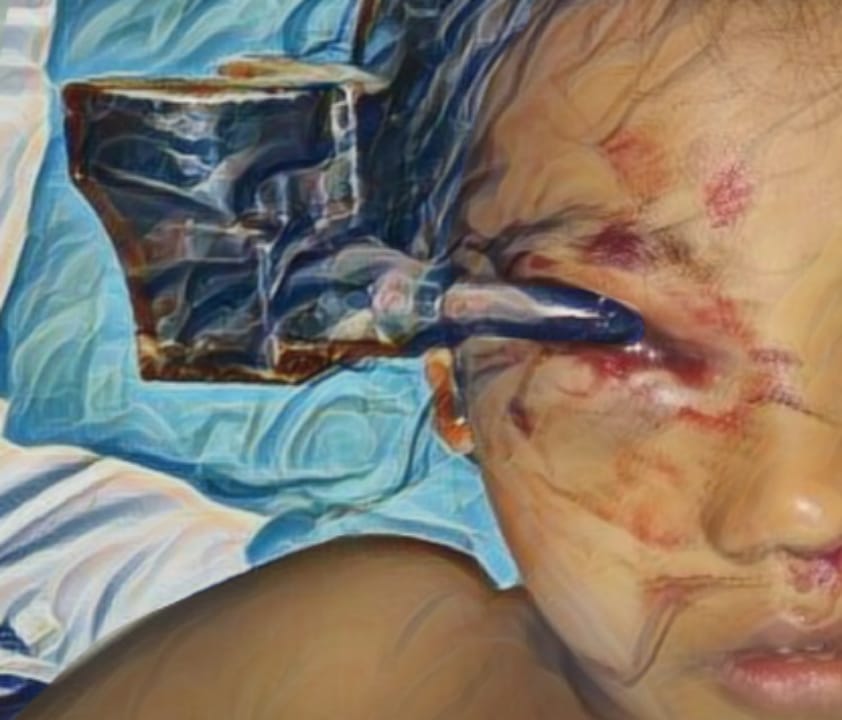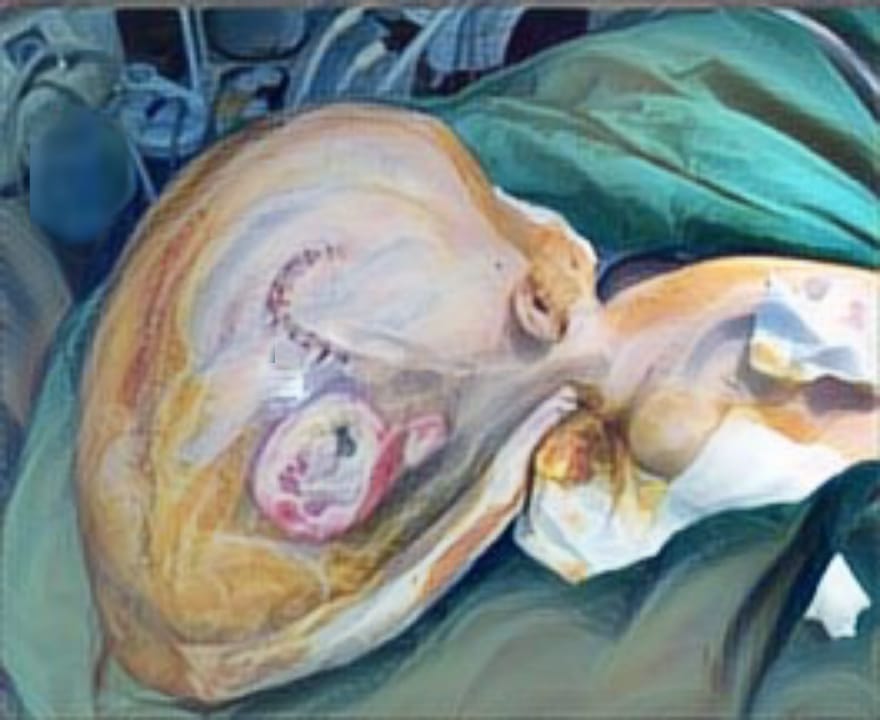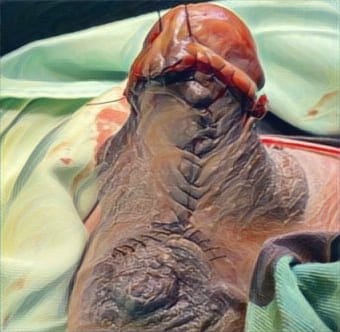MANDIBULR CONDYLE FRACTURE MANAGEMENT OUTCOME IN DEPARTMENT OF PLASTIC RECONSTRUCTIVE AND AESTHETIC SURGERY, DR. SOETOMO GENERAL ACADEMIC HOSPITAL (2015-2018)
Downloads
Highlights:
- The management of mandibular condyle fractures is determined based on patient age, fracture type, systemic health, other maxillofacial fractures, and dental conditions factors.
- Out of the total patients indicating successful management of mandibular condyle fractures at Dr. Soetomo Hospital.
Abstract:
Introduction: The high incidence of condyle mandible fractures is due to the role of the mandibular ramus which has stronger resistance compared to head condyle mandibular. The management of condyle fractures is still controversial because of the prognosis. Management of condyle fractures of the mandible should aim at maximally reducing morbidity, postoperative complications, and aesthetic and/ or functional impairment.
Methods: The medical records of 56 patients with condyle mandible fractures who presented at the Dr. Soetomo General Academic Hospital Surabaya from January 2015 to December 2018 were reviewed retrospectively. We analyzed characteristics of the patients (age), type of fractures, management of fractures, and outcome from management.
Results: This study shows that a total of 56 patients, 22 were patients with mandibular condyle fractures only and 34 patients with mandibular condyle fractures with other maxillofacial fractures. The studied showed that male patients (84%) is more than female patients (16%). The mean age of the patients involved in this study was 28.25 ± 1.78 years, with the youngest being 12 years old and the oldest being 67 years old. The results of the overall study with good occlusion results in 48 patients, it was found that 22 patients were treated with closed reduction and 26 patients with open reduction were performed.
Conclusions: The results of condyle mandibula fracture management in Dr. Soetomo Hospital has been according to the indication with the treatment indication along with the result of good management.
Kang Young C, et al. Current Conceptsin the Mandibular Condyle Fracture Management Part I: Overview of Condylar Fracture. Korea. Arch Plast Surg 2012; 39:291-300.
Kang Young C, et al. Current Concepts in the Mandibular Condyle Fracture Management Part II: Overview of Condylar Fracture. Korea. Arch Plast Surg 2012;39:301-308.
Rampaso CL, et al. Evaluation of Prevalence In The Treatment of Mandible Condyle Fractures. Bzil. Rev. Col. Bras. Cir. 2012; 39(5): 373-376
Buchbinder D, et al. AO Surgery Reference. New York. 2008
Riolo ML, et al. Essentials for Orthodontic Practice. Am J Orthod Dentofacial Orthop 2003;124:111
Ellis III E, Zide MF (2006). Surgical approaches to the facial skeleton. Second edition. Lippincott Williams & Wilkins.
Sawazaki R, et al. Incidence and Patterns of mandibular Condyle Fractures. J Oral Maxillofac Surg 68:1252-1259, 2010
Pushkar A, et al. Assessment of Condylar Height and Condylar Axis Angulation in Different Facial Types in Mixed Indian Population: A CBCT Study, EC Dental Science 18,9. 2019. 2187-2195
Ellis III E, Zide MF (2006). Surgical approaches to the facial skeleton. Second edition. Lippincott Williams & Wilkins.
Buchbinder D, Figari M, et al. AO Surgery Reference. New York. 2008.
Copyright (c) 2020 Lobredia Zarasade, Iswinarno Doso Saputro, Nadia Tamara Putri

This work is licensed under a Creative Commons Attribution-ShareAlike 4.0 International License.
JURNAL REKONSTRUKSI DAN ESTETIK by Unair is licensed under a Creative Commons Attribution-ShareAlike 4.0 International License.
- The journal allows the author to hold copyright of the article without restriction
- The journal allows the author(s) to retain publishing rights without restrictions.
- The legal formal aspect of journal publication accessbility refers to Creative Commons Attribution Share-Alike (CC BY-SA)




















